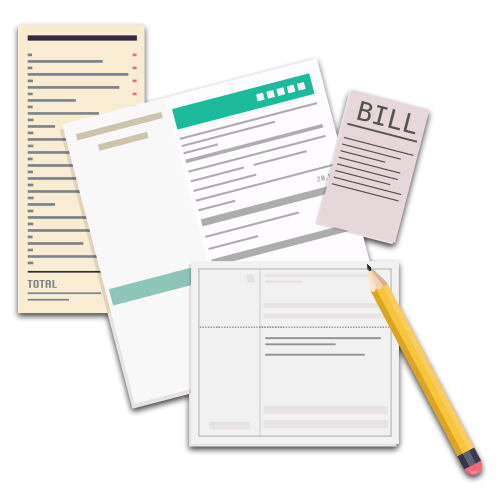Let’s break away from billion-dollar price-tag statistics because most of us don’t operate within that kind of seasonal budget.
In more relatable figures, the average American will spend around $998 on gifts and other holiday-related purchases in 2023. Combine that with essential monthly expenses like rent or mortgage payments, credit card bills, and utilities (hello, December heating bill) and you might find yourself catching a case of the Holiday Blue$$$.
Don’t let these facts and figures overwhelm you. There are practical ways to avoid piling on debt so you can pile on other things. Like cozy sweaters and bread pudding calories.
6 Ways to Minimize Debt this Season
It’s human nature to shell out more money when you’re surrounded by temptation (holiday food! Holiday shows! Aesthetically pleasing department store displays!) But if you’re motivated to spend not spending all your earnings in December, here are a few practical tips on how to save money.
1. Set a spending cap for yourself
A little financial forethought goes a long way. Before you hop in the car and venture out to do your holiday shopping, spend some time looking over your accounts and create a budget sheet. Take inventory of your current balances and come up with a spending ceiling that feels proportional. Resisting the urge to buy something—just because it’s a good deal or you came across a coupon—will cut down on costs.
2. Leave the credit cards at home
While it’s very tempting to rely on credit cards during the holidays, high balances too often translate to high interest fees; fees that can cancel out any potential perks like cash back rewards or travel points. If you know that paying down high balances is going to create an additional cost layer, stick with debit cards or cash when it’s feasible.
3. Opt for potluck
Holiday spending isn’t limited to presents alone. Between Thanksgiving, Christmas, Hannukah and Kwanzaa, November and December are two big months for grocery shopping. If it’s your turn to host this year, divide and conquer the holiday menu. Invite guests to bring one or two of their favorite dishes so you’re not footing the food bill alone. (You might even cut down on dishes, too.)


4. Draw Names
51% of American consumers intend to buy fewer gifts this holiday season than they did last year. Want to follow suit? Consider drawing family names (at least the adult names) from a hat. This allows everyone to give and receive a gift without overextending their personal budget. And the benefits here are twofold: less time spent doing the last-minute zombie-shop through crowded retailers means more time to spend with family.
5. Choose sincere gifts over spendy ones
This goes hand-in-hand with a name drawing because buying less allows you to focus more on the quality of your gift (and who is receiving it.) Curate an assorted “movie night” snack basket for the film lover in your life, layer dry ingredients in a mason jar for the baking enthusiast, frame a favorite family photo or offer a night of free babysitting for someone who has been burning the parent candle at both ends.

6. Skip the soirees and volunteer
Online behemoths and cyber special-peddling retailers count on you forgetting that the holidays aren’t all about stuff. In lieu of shelling out for holiday parties or gift swaps, coordinate a family visit to a shelter, soup kitchen, or community center to offer support for those less fortunate. Organizations like VolunteerMatch will pair you with organizations in your neighborhood that could truly benefit.

How to Manage Holiday Debt
Even the best-laid budgetary plan can fall short when pitted against glittering holiday consumerism. We want to make the people in our lives feel special while also being mindful of our spending as we approach a new year—and it’s not an easy balance to juggle.
Don’t be hard on yourself when next year rolls around and you have to pay off credit card debt or explore options to stabilize your financial picture. Here are some of the questions you might be asking yourself once the dust settles on December: How can I get on top of late payments?
- What impact will holiday spending have on my credit score?
- How can I pay more than the minimum on credit cards when my interest is so high?
- What are a few ways to save money in the coming year?
- What steps do I need to take to set up healthier financial habits in 2023?
Simply acknowledging that you want to improve your financial picture requires a courage leap, but the good news is that you have resources at your immediate disposal to bridge the gap between positive intentions and positive outcomes.
We're Here to Help
Our partners at GreenPath Financial Wellness, a trusted national nonprofit, have helped more than 65,000 households pay off more than $200 million in debt. If you’re feeling overwhelmed with your current picture, consider debt counseling or a debt management plan to get yourself back on track.
This information is brought to you by our partners at GreenPath Financial Wellness







